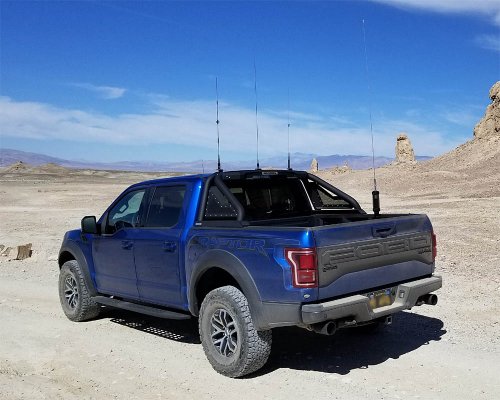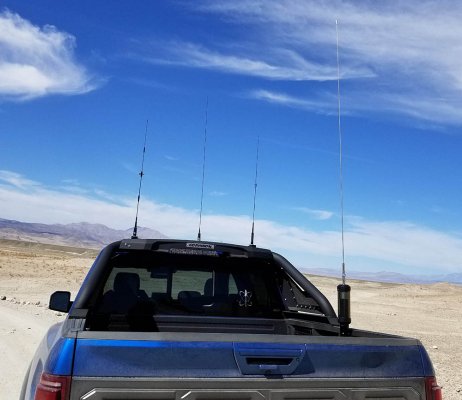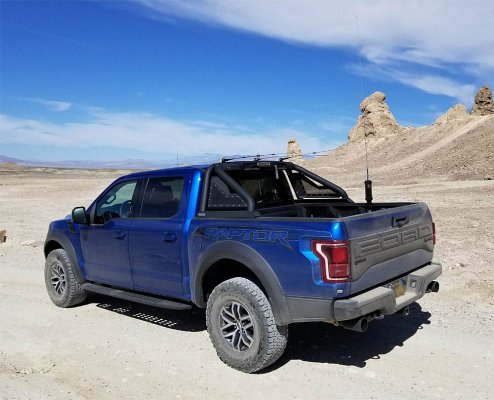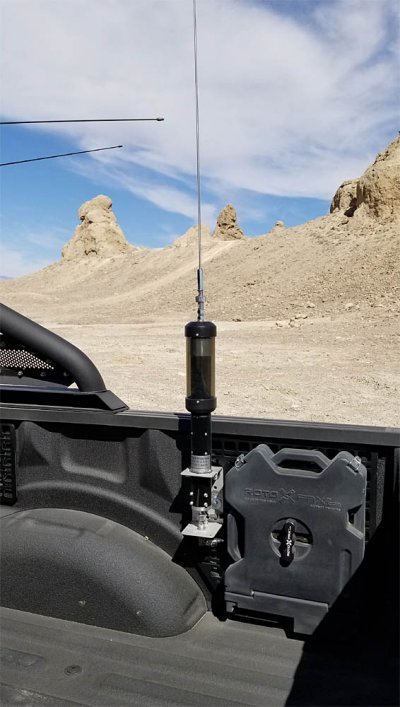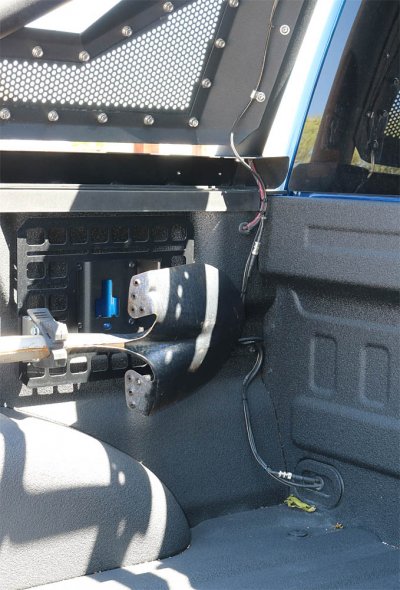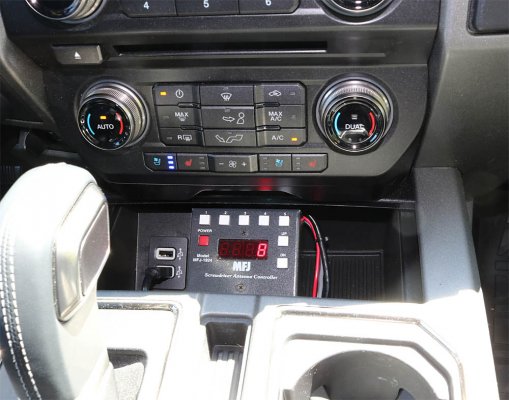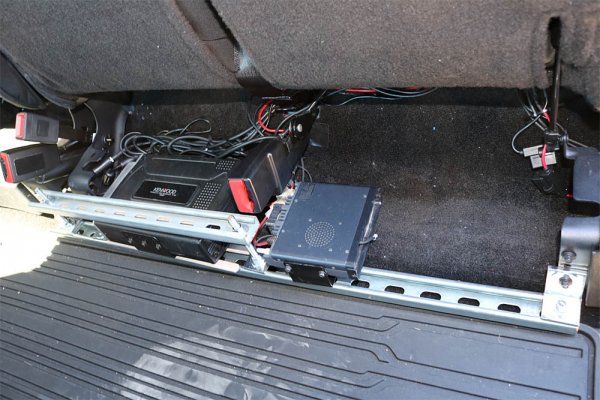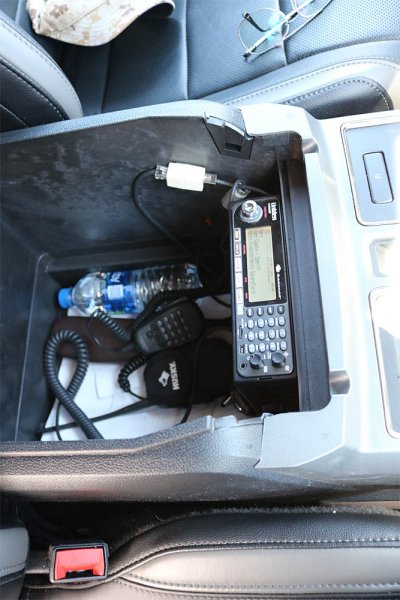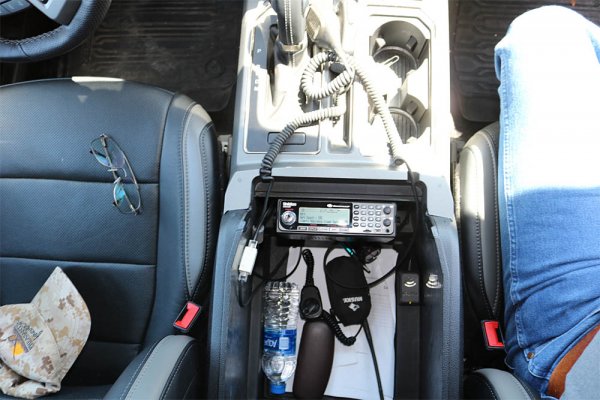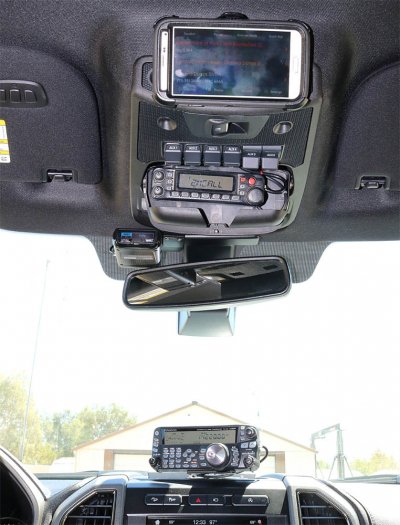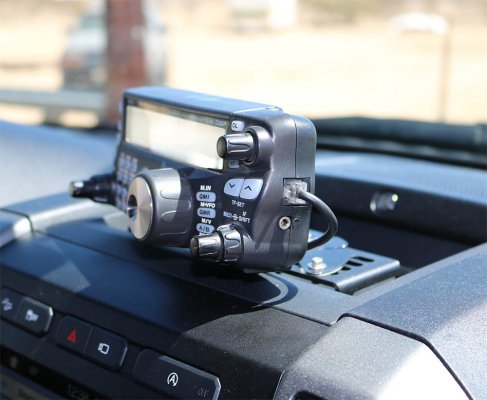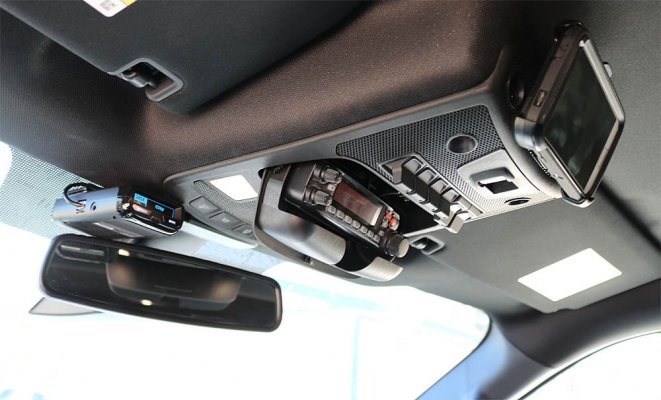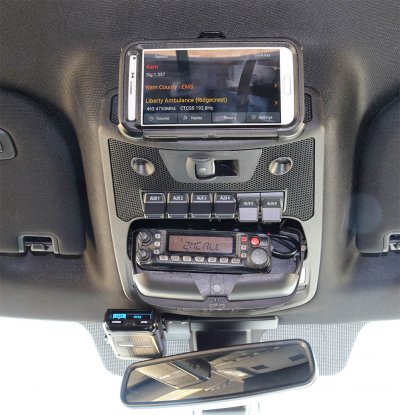OriginalToken
Full Access Member
- Joined
- Apr 17, 2018
- Posts
- 180
- Reaction score
- 155
My wife and I just got back from a reasonably long distance road trip, the first long trip (over 600 miles total) we have taken in our 2018 SCREW. This was 3 weeks and 5948.5 miles total, covering (at least touching) CA, AZ, NV, NM, TX, OK, CO, KS, MO, NE, SD, IA, WY, and UT.
We hit many of the major National Forest / Parks in these areas, Death Valley (hardly counts, as that is near home and I am there often), Bryce Canyon, Zion, Dixie, Grand Canyon, Thunder Basin, etc, etc. Literally lost track of how many we hit. All striking, all worth the visit.
There was some light 4x4 involved, and lots of dirt roads, but nothing to test the off-road ability of the Raptor. This was a cruising trip, not an off-road adventure, the vast majority of the trip was highway or paved back road travel. My truck has substantial off road mileage on it, but that is all closer to home. I live in the high desert of California.
We started the trip with 7493 miles on our 5 month old Super Crew / 802A / Tech. The only mods to the truck are for radio gear, a sport bar is installed to hold antennas and various radios installed, covering HF to UHF frequencies.
While my wife believes in taking half the house with her in suitcases when we travel, everything was contained to inside the cab of the truck. No trailer or loaded bed.
On road the Raptor was exceptionally well behaved for a truck. The ride was quite and smooth. One exception to this were a few very short segments of concrete pavement that seemed to have a wave / chop in them that resulted in some significant bounce / vibration in the ride. Not sure what combination of conditions caused this, but it was significant. Fortunately, this was not common, or long. I never could find a speed that negated this, but I did shift my position in the lane and it did seem to reduce the impact.
Performance was as expected. Altitudes from below sea level to over 10500 feet were encountered, with some significant time above 10000 feet. Regardless of altitude power was abundant. For a part of the trip we caravanned with a friend in a 2018 Ford F150 4x4 Platinum with 5.0 V8. He has some goodies and a tune on his ride bumping the HP to about the same as the stock Raptor. It was apparent that the Raptor suffered less loss of power at higher altitudes than his V8.
Regarding gas mileage:
I ran premium the entire trip. I have tried regular and premium in the truck, and find no significant impact to mileage running regular, however I do feel like (seat of the pants indications) premium results in better power and performance, so premium is my choice when available.
The least expensive gas we found was in NM and IA, the most expensive (more than in CA even) in Parowan, UT.
My tire inflation is at 38 PSI front / 35 PSI back.
On average we filled up around every 400 miles. My typical speeds are 4 to 12 MPH over the posted. In a 65 I am normally doing about 72-75, in a 75 I am doing about 81, in an 80 I am doing about 84.
I found the indicated mileage and the calculated mileage to be significantly different. I have noticed this before, but since I kept a complete log of the trip it was easy to document during the trip. The indicated mileage consistently showed 1 to 1.5 MPG better than the real, calculated, mileage. The largest delta we saw was an indicated that was 1.7 MPG better than calculated.
In 5948.5 miles we used 373.9 gallons, for a calculated MPG of 15.91. Trip A odo was reset with each fueling, Trip B odo was run for the entire trip, and the indicated MPG on Trip B at the end was 17.2 MPG
The best segment we got was an indicated 20.5 MPG (calculated 19.2) for the 445 mile section of I-40 on the east face of the Continental Divide. This was with the cruise set at 81 MPH. It was interesting to see 400 miles indicated as past, and still show more than 300 to empty, for a total indicated range over 700 miles. I did snap a picture of that a bit earlier, when only 300'ish miles were past.
The worst segment was going up the west face to the same point, with an indicated 15.8 MPG (calculated 14.4), also with cruise set at 81.
Speed and mileage are closely coupled in this truck. For the few segments where I was at 65 or less the mileage was consistently showing 19+ MPG, often over 20 MPG. I just have a hard time keeping to those speeds And it only takes a few hard starts to kill the mileage also.
And it only takes a few hard starts to kill the mileage also.
T!
We hit many of the major National Forest / Parks in these areas, Death Valley (hardly counts, as that is near home and I am there often), Bryce Canyon, Zion, Dixie, Grand Canyon, Thunder Basin, etc, etc. Literally lost track of how many we hit. All striking, all worth the visit.
There was some light 4x4 involved, and lots of dirt roads, but nothing to test the off-road ability of the Raptor. This was a cruising trip, not an off-road adventure, the vast majority of the trip was highway or paved back road travel. My truck has substantial off road mileage on it, but that is all closer to home. I live in the high desert of California.
We started the trip with 7493 miles on our 5 month old Super Crew / 802A / Tech. The only mods to the truck are for radio gear, a sport bar is installed to hold antennas and various radios installed, covering HF to UHF frequencies.
While my wife believes in taking half the house with her in suitcases when we travel, everything was contained to inside the cab of the truck. No trailer or loaded bed.
On road the Raptor was exceptionally well behaved for a truck. The ride was quite and smooth. One exception to this were a few very short segments of concrete pavement that seemed to have a wave / chop in them that resulted in some significant bounce / vibration in the ride. Not sure what combination of conditions caused this, but it was significant. Fortunately, this was not common, or long. I never could find a speed that negated this, but I did shift my position in the lane and it did seem to reduce the impact.
Performance was as expected. Altitudes from below sea level to over 10500 feet were encountered, with some significant time above 10000 feet. Regardless of altitude power was abundant. For a part of the trip we caravanned with a friend in a 2018 Ford F150 4x4 Platinum with 5.0 V8. He has some goodies and a tune on his ride bumping the HP to about the same as the stock Raptor. It was apparent that the Raptor suffered less loss of power at higher altitudes than his V8.
Regarding gas mileage:
I ran premium the entire trip. I have tried regular and premium in the truck, and find no significant impact to mileage running regular, however I do feel like (seat of the pants indications) premium results in better power and performance, so premium is my choice when available.
The least expensive gas we found was in NM and IA, the most expensive (more than in CA even) in Parowan, UT.
My tire inflation is at 38 PSI front / 35 PSI back.
On average we filled up around every 400 miles. My typical speeds are 4 to 12 MPH over the posted. In a 65 I am normally doing about 72-75, in a 75 I am doing about 81, in an 80 I am doing about 84.
I found the indicated mileage and the calculated mileage to be significantly different. I have noticed this before, but since I kept a complete log of the trip it was easy to document during the trip. The indicated mileage consistently showed 1 to 1.5 MPG better than the real, calculated, mileage. The largest delta we saw was an indicated that was 1.7 MPG better than calculated.
In 5948.5 miles we used 373.9 gallons, for a calculated MPG of 15.91. Trip A odo was reset with each fueling, Trip B odo was run for the entire trip, and the indicated MPG on Trip B at the end was 17.2 MPG
The best segment we got was an indicated 20.5 MPG (calculated 19.2) for the 445 mile section of I-40 on the east face of the Continental Divide. This was with the cruise set at 81 MPH. It was interesting to see 400 miles indicated as past, and still show more than 300 to empty, for a total indicated range over 700 miles. I did snap a picture of that a bit earlier, when only 300'ish miles were past.
The worst segment was going up the west face to the same point, with an indicated 15.8 MPG (calculated 14.4), also with cruise set at 81.
Speed and mileage are closely coupled in this truck. For the few segments where I was at 65 or less the mileage was consistently showing 19+ MPG, often over 20 MPG. I just have a hard time keeping to those speeds
T!



